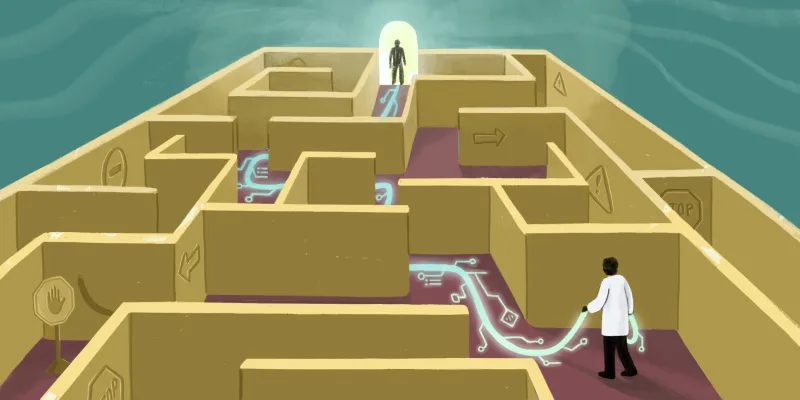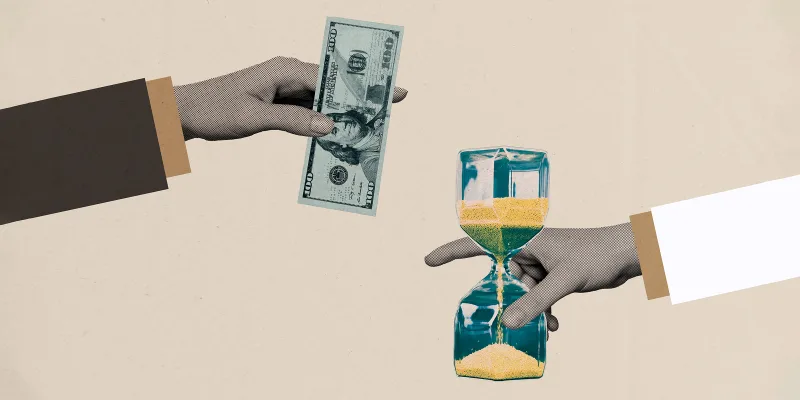
It should be simple, even if not so straight forward: If your patient is in pain, you treat them.
But what about a patient who’s been on opioids for years? How do you answer those who were led down the chronic opioid path by old school medicine, either rightly, or wrongly, so? Where do we draw the line?
Consider this example.
A patient walks in asking for a pain med refill. He’s had neck pain for years, and nothing has helped other than narcotics. His previous doctors gave him Percocets. Or Oxycontins. Or substitute whichever controlled substance you’d like here. What is my role in this given scenario, as his doctor? Classically, I’ve been trained to assess and treat the patient — simple as that.
But enter the dilemma of modern day medicine and the opioid epidemic. In this particular instance, as a PMD practicing today, I am expected to shed my doctor’s coat and stethoscope, while replacing them with the raincoat and magnifying glass of a sleuth. You can even add suspenders for dramatics. There’s only one problem: I have watched just a handful of episodes of Columbo in my youth and, while they were highly entertaining, I’m not quite ready to take on a role as understudy. I haven’t even rehearsed.
However, this growing epidemic expects me to do just that, to put on my detective gear and start interrogations.
But how can I do that? What if I miss an addict, and they in turn pass away of an overdose the following day? Or even worse, suspect ill of a patient and miss treating his real pain? And what of the patient’s opinion of me? Who would stay with a physician who constantly questions their honesty?
It’s a lose-lose.
The truth of it is that assessing for pain is tough. It’s subjective. If someone says they’re in pain, we often expect them to look like they’re in pain. But I know better, not only because I myself have held back pain, but also because I feel like I should trust my patients.
Then there’s the issue of physical examination. I use it as an investigational tool, but it certainly has its limitations. A patient who is seeking drugs can simply make up an ‘ouch.’ Think about it. You move the leg up, a patient utters in pain or grabs his backside. Who am I to judge if that grimace is real? It’s enough to have to scan through a myriad of possible diagnoses in my head, all by memory, gained through years of education and training, but to also have to call a bluff? Even the best of poker pros make mistakes. Plus, in real life, it’s easier to give people the benefit of the doubt. We want to believe them. I mean, sure, many of us in the field can recount instances in which patients theatrically put on a show to get what they want. But what about the instances that weren’t quite so obvious? I guarantee numerous Oscar-worthy performances could fool even the most seasoned of practitioners. And we are, after all, medical providers, not detectives.
But, this isn’t what I signed up for.
Let’s dissect the nature of filling a controlled substance request for a moment. Are you familiar with the procedure?
At some point during a 15 minute office visit, I must check on my patient’s previous and current usage of controlled substances by logging on to a separate databank on the web, a step mandated by the state. Once in it (after manual insertion of full name and date of birth), I peruse through a patient’s ‘record.’ Even grandma Louise must be subjected to such a search. This is no simple task and can take up quite a bit of time. I must then interpret information gained and determine if said patient is legitimately asking for the medication or possibly requesting their next easy fix. Followed, by the way, by a two-step verification process in which the medication is actually ordered. The details are lengthy and involve not only entering my system password once again but also providing a virtual ‘key,’ a 6-digit number I obtain by using an app installed on my iPhone.
gulp
Is this really what I signed up for when I took the Hippocratic Oath?
Yes, because I’ve promised to do no harm. If a patient is abusing, I should identify their addiction. I should help them with awareness, admission, and recovery.
But also, no. I want to heal, but I’m not quite ready for police work.
And when I do identify potential abuse, just how difficult can it be to tell someone they may have a problem? Extremely. How often does a patient actually admit to an addiction? Rarely. The very nature of coming in and asking for the mediation is the cycle of abuse in action. If I ever suggest there may be a problem, no one openly embraces my suspicion with open arms and a smile, or with a weeping confession. Unfortunately, this scenario is only encountered on Hollywood big screens or in the dreams of naive medical students. Addicts don’t admit. Addicts lash out. They deny. They are genuinely surprised. They threaten. They scream.
They even kill. Just read about Dr. Todd Graham of Indiana, 56 years old when he died for saying no to such a script.
It may seem easy, to anyone on the outside, to identify those who may be abusing. But no one walks into my office and says, “Doc, please give me oxy to feed my addiction,” or, “Send a prescription in so I can get back on the streets and sell. My supply is running low.”
No, I didn’t sign up for this. I signed up to go to work every day and to heal. To help identify illness. To help alleviate medical conditions. To have a good rapport with those who seek my advice. To come to work with a smile and to leave with a gratifying sense of achievement.
I signed up to heal.







